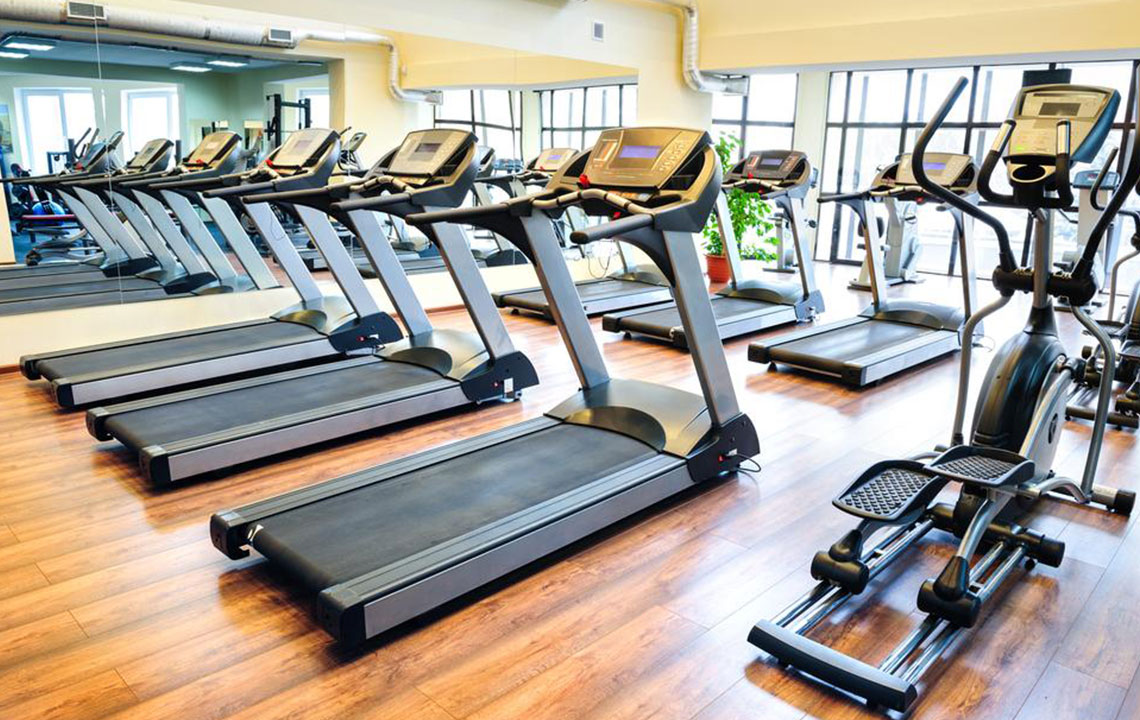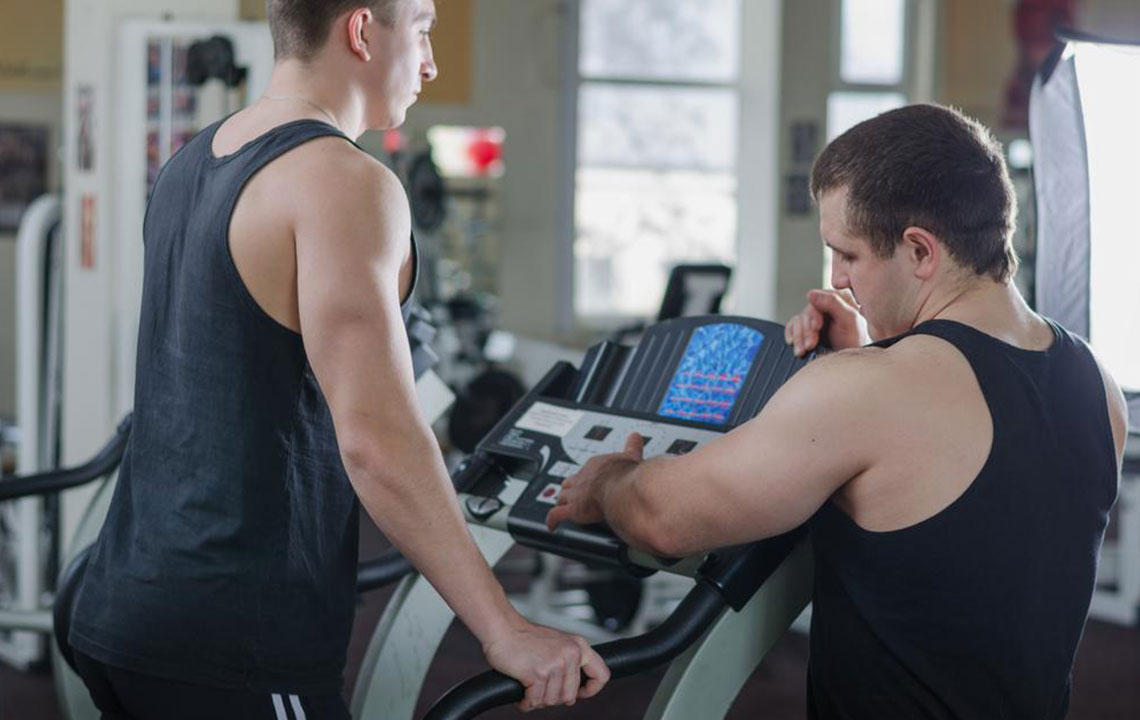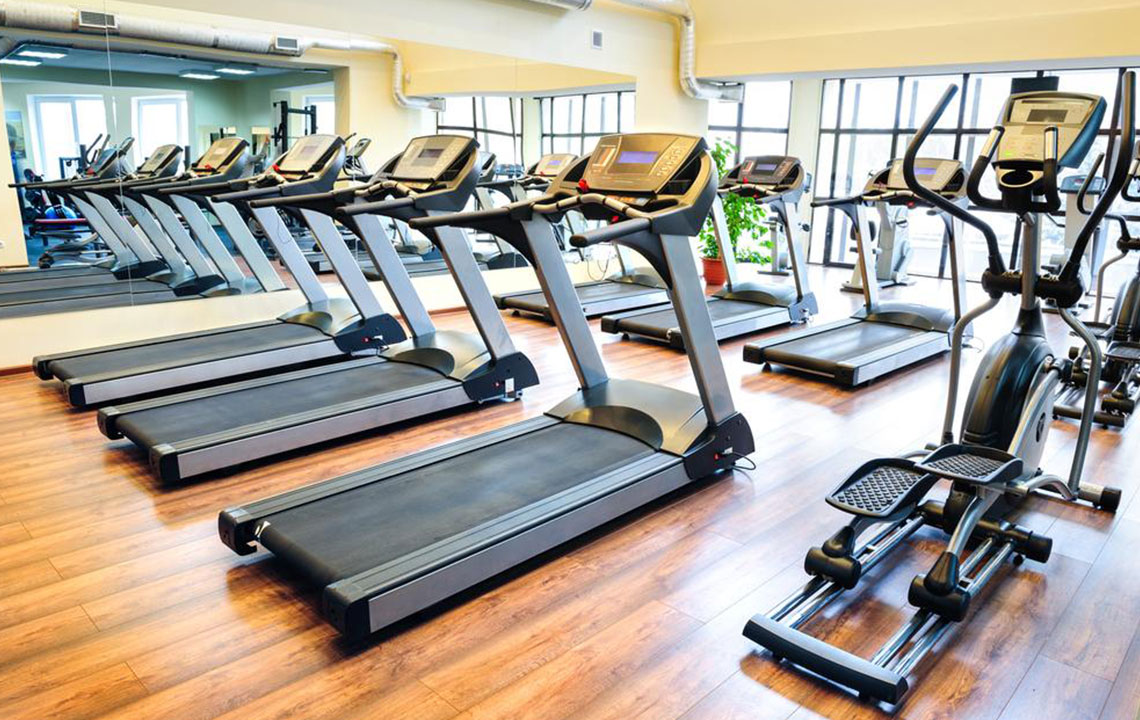Creative Strategies to Enhance Your Treadmill Workouts
Discover innovative treadmill exercises to maximize your fitness workouts. From reverse running to lateral moves and arm elevation, explore effective strategies to target diverse muscle groups, improve coordination, and boost calorie burn. Suitable for experienced users, these techniques add variety and challenge to your routine for optimal results.

Innovative Approaches to Optimize Your Treadmill Training
In the realm of cardiovascular fitness, treadmills stand out as one of the most accessible and versatile pieces of exercise equipment. Their user-friendly interface, adjustable speeds, and various incline options make them suitable for individuals at all fitness levels—from beginners to seasoned athletes. While many people primarily use treadmills for straightforward running or walking routines aimed at improving heart health, more advanced users can incorporate a variety of creative exercises to maximize the benefits of their workouts. These innovative techniques not only target different muscle groups but also help improve overall strength, balance, and mobility while keeping routine sessions engaging and challenging.
Before attempting these advanced treadmill exercises, it's crucial to be comfortable with basic treadmill operation, including safe mounting, dismounting, and maintaining a steady pace. Once confident in these fundamentals, you can explore the following creative strategies designed to push your fitness boundaries and add variety to your training sessions.
Reverse Running for Balanced Development: Running backward on the treadmill is a highly effective way to engage muscles that are less activated during forward runs. This exercise targets the shins, quadriceps, calves, and stabilizing muscles, promoting muscular balance and enhancing joint stability. It also reduces the repetitive impact stress on knees and hips, potentially decreasing injury risk. To incorporate reverse running safely, start at a slow speed and use the handrails initially for support. As you build confidence, gradually increase your pace, focusing on smooth, controlled movements to prevent falls or strains.
Reverse running not only strengthens lesser-used muscles but also improves proprioception and overall balance. Incorporating this into your routine can lead to better coordination and help prevent injuries in other physical activities. Additionally, this exercise can be combined with interval training—for example, alternating between forward and reverse sprints—to boost cardiovascular fitness and calorie burn.
Lateral Running: Shift your stance 90 degrees to the side and perform side-stepping motions on the treadmill. This exercise specifically targets the abductors and adductors—the muscles responsible for leg movement away from and toward the body's midline. Sideways running enhances hip stability, improves lateral agility, and contributes to better overall leg strength. When performing lateral running, ensure your movements are controlled, and gradually increase duration and speed as your coordination improves.
To execute lateral running, position yourself sideways on the treadmill and carefully start at low speed. Focus on stepping sideways smoothly, maintaining balance, and avoiding twisting the knee joint. This exercise is particularly beneficial for athletes engaged in sports requiring quick lateral movements, such as tennis or basketball, and helps in injury prevention by strengthening stabilizer muscles.
Running With the Treadmill Turned Off: For a more intense, self-driven workout, switch off the treadmill's motor and run manually. This method requires core strength, coordination, and endurance, as you control your speed without the assistance of the treadmill's motor. It encourages more deliberate strides and better engagement of stabilizer muscles. Since this exercise removes the treadmill's assistance, start with short intervals, and gradually extend your running duration as your strength and confidence increase.
Running off the motor also enhances proprioception, or the body's awareness of its position in space, which is vital for improving balance and preventing falls. To ensure safety, perform this exercise in a spacious, obstacle-free environment or on a treadmill with a safety harness or support bars. By incorporating this method, you challenge your muscular endurance and coordination, resulting in a more comprehensive cardiovascular workout.
Elevate Your Arm Movements: Raise your hands above your head while walking or running on the treadmill to increase the intensity of your workout. This modification raises your heart rate, engages your upper body muscles, and amplifies calorie expenditure. Additionally, arm movements help improve posture and overall body coordination. For variety, you can incorporate arm swings, punches, or even light weights while performing treadmill exercises.
Performing arm raises or dynamic arm movements during treadmill work not only enhances cardiovascular benefits but also contributes to upper body toning. This approach is especially effective for high-intensity interval training (HIIT), where alternating between different upper and lower body movements can lead to substantial gains in strength and endurance. Always ensure that your arm movements are controlled to prevent loss of balance, especially at higher speeds.
In conclusion, creative treadmill workouts provide a powerful way to diversify your fitness routine, target different muscle groups, and increase overall workout effectiveness. Incorporating reverse running, lateral exercises, unassisted running, and upper-body engagement can lead to better muscle balance, improved coordination, and higher calorie burn. As with any new exercise or technique, prioritize safety, start slow, and listen to your body's signals. Over time, these approaches can help you achieve your fitness goals more efficiently and enjoyably, transforming a standard treadmill session into a comprehensive, engaging workout experience.




